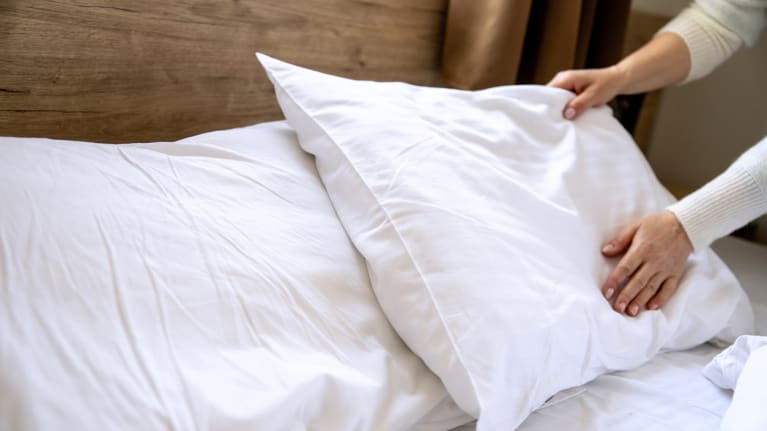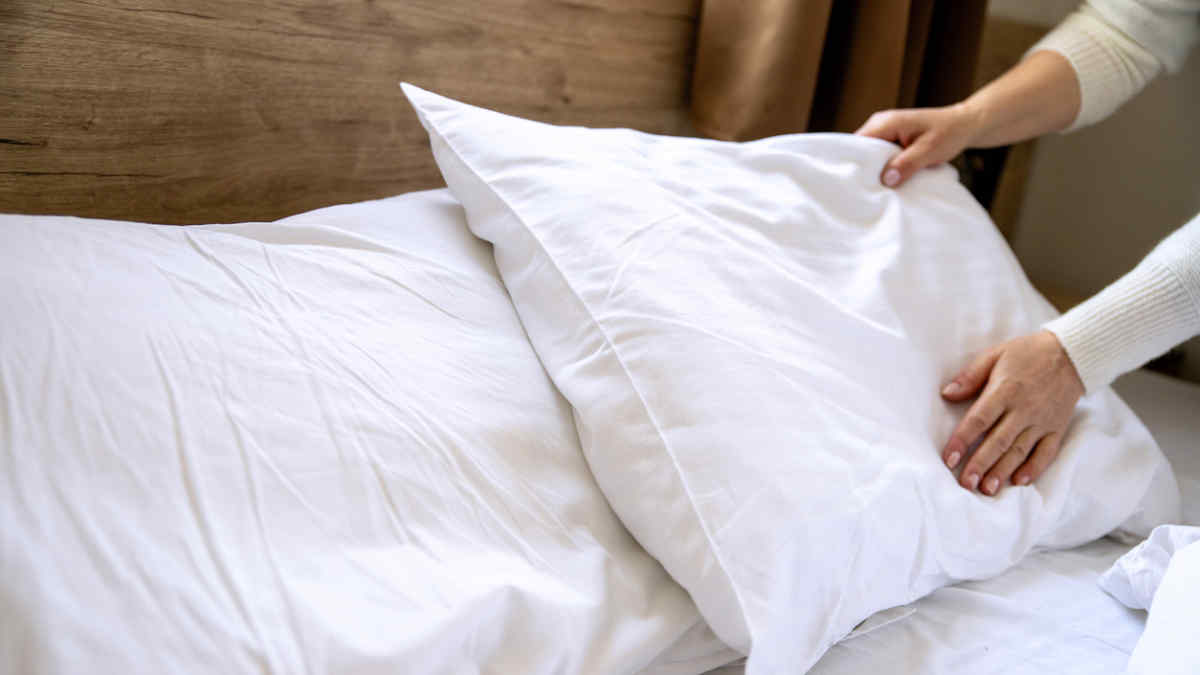

?The recent outbreak of monkeypox in the U.S. and around the world poses an issue for employers whose employees—such as health care workers—are more susceptible to contracting the nonfatal virus.
As of July 29, there were 5,189 cases in 47 states, the District of Columbia and Puerto Rico, according to the Centers for Disease Control and Prevention (CDC), and include those who tested positive for either monkeypox virus or orthopoxvirus, a genus of DNA viruses that infect humans and animals.
Monkeypox is spread through close contact with someone who has symptoms or by touching items that had touched the infectious rash or body fluids—such as unwashed bedding and towels or sharing cups and plates that came in contact with the infectious rash or body fluids, the CDC warns.
It is not transmitted via casual, brief conversations or walking by someone—such as in the grocery store—according to the California Department of Public Health, which has a monkeypox communications toolkit.
The Mayo Clinic says the general public isn’t considered at high risk of contracting the virus. However, employers should be aware of how it is spread and preventive measures they can take.
“Monkeypox is largely spread through skin-to-skin contact and could be spread by exposure to infectious material from skin lesions,” said Dr. Jeff Levin-Scherz, North American co-leader of health management practice for WTW, formerly Willis Towers Watson, in Boston.
“Workers who touch skin directly could be at risk—such as massage therapists—and wearing gloves can protect them. Workers who handle soiled linen could be at risk—such as hotel workers—and again gloves can reduce this risk,” Levin-Scherz said.
And while the risk of transmission among those working in dental practices is low, according to the California Dental Association, it recommends dentists and their teams minimize its spread by wearing personal protective equipment, screening patients and employees, and staying informed about cases in their community.
[SHRM members-only how-to guide: How to Handle Communicable Diseases in the Workplace]
Symptoms of monkeypox include:
- Fever.
- Skin rash.
- Headache.
- Muscle aches and backaches.
- Chills.
- Tiredness.
- Swollen lymph nodes.
Employees who feel ill should remain home.
“Employers can help reduce risk of [an employee] with a communicable disease coming to work by offering sick leave,” Levin-Scherz said. “Employees should wear gloves if they have exposure to the skin of others or to soiled materials that were in contact with the skin of others.”
While many of the cases reported in the U.S. have been among men who have sex with men, health care providers “should be on alert for monkeypox regardless of a patient’s travel history, gender identity or sexual orientation,” the CDC said.
An employee who is diagnosed with monkeypox should isolate at home until cleared by a local public health authority, Levin-Scherz advised. And the CDC advises anyone with
a new rash or any symptoms of monkeypox to contact their health care provider.
“Individuals exposed to a known case should be informed, as they are recommended to receive a vaccine for post-exposure prophylaxis. Vaccines given within four days of the exposure often prevent infection, and those given within 14 days can prevent severe illness,” he noted.
Monkeypox symptoms may start five to 21 days after an individual is exposed to the virus, and last two to four weeks, according to the Mayo Clinic. Complications may include:
- Severe scars on the face, arms and legs.
- Blindness.
- Other infections.
- Death, in rare cases.
An employer may not require or request vaccinations of employees in jobs where they risk exposure, Levin-Scherz said, as “the vaccine is now in short supply, and is only available to people who have an exposure or are at very high risk based on sexual activity—and not based on employment.”

